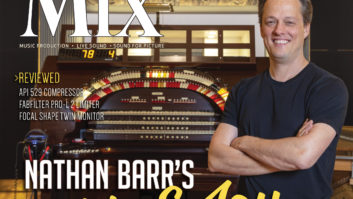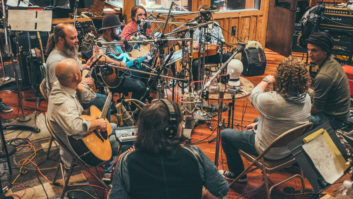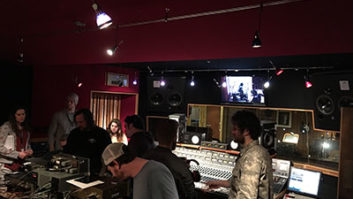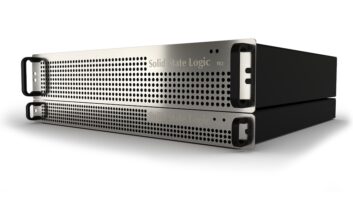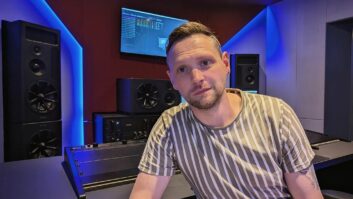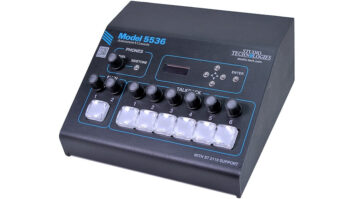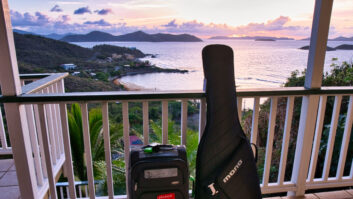Producer Jack Splash will tell you that there’s a big difference between “classic” and “retro.” While he appreciates timeless, classic soul and R&B, he has no time for retro bands. So he fits right in with the eight-piece St. Paul & The Broken Bones, which displays its ’60s and ’70s influences proudly, while gravitating toward synths and effects that take the band’s sound way out beyond the confines of “retro.”
“When I met them, they were in a great space, too, because it was a wide-open slate,” Splash recalls. “They had been touring nonstop with their previous album for about two years straight, so they were excited to start recording the next album, but they didn’t know what they wanted to do yet sound-wise. That was fun because I was able to suggest tons of ideas, and they were wide open to what I was throwing at them.”
Sessions for what would become the band’s latest release, Young Sick Camellia, began with only Splash, engineer Phil English, SPBB frontman Paul Janeway and bassist Jesse Phillips. The band had been keeping a file of unfinished song and sound ideas, but nothing was set in stone or even complete. So, musically, the possibilities were boundless. Conceptually, however, Janeway had specific goals.
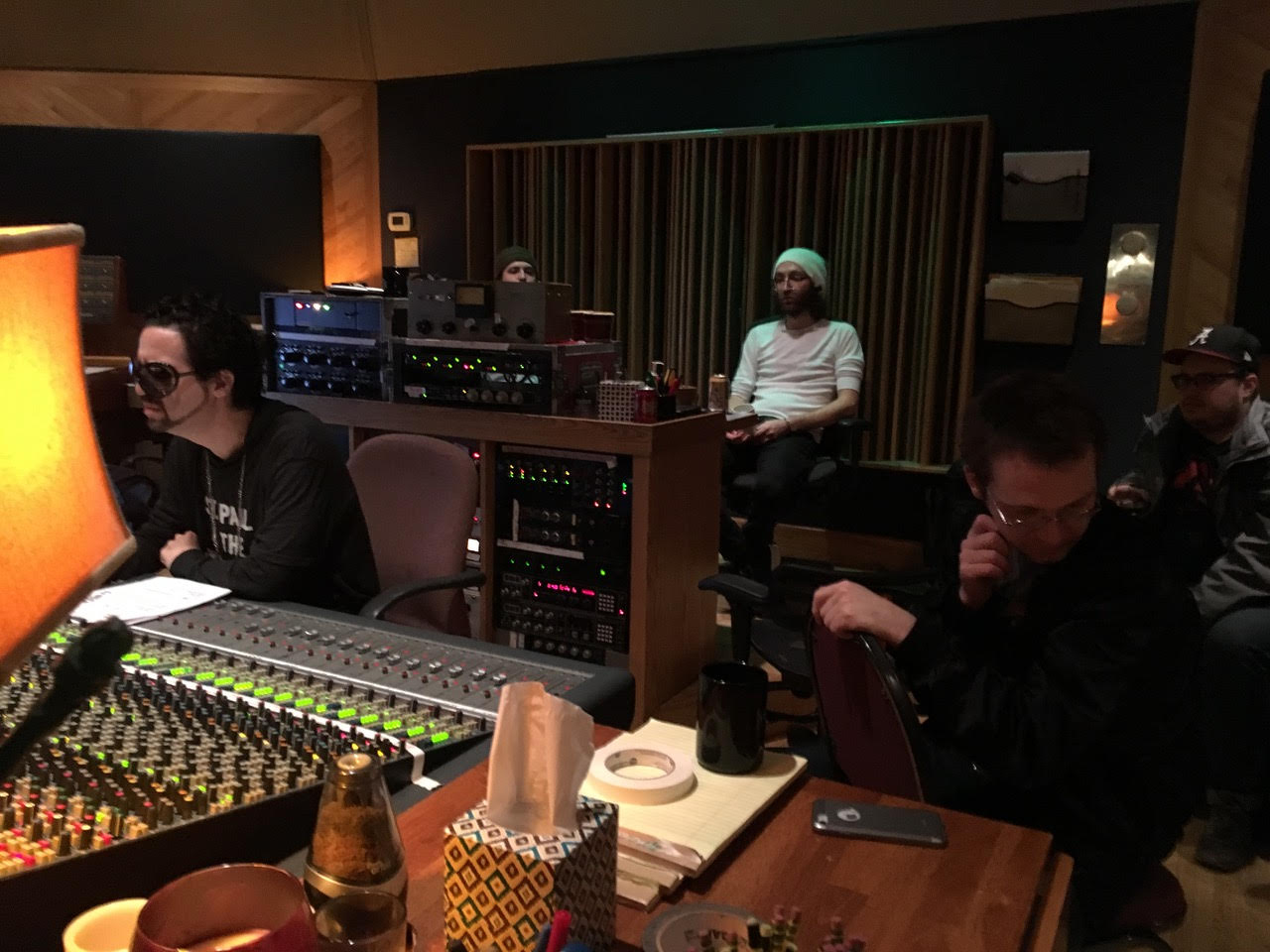
“We were jamming in the studio, making new demos as well as going through their folder and pulling out things I really dug,” Splash says. “Paul let me know he really wanted this to be a very personal album discussing intergenerational issues between kids, parents and grandparents.
Want more stories like this? Subscribe to our newsletter and get it delivered right to your inbox.
“We also had a lot of deep discussions about politics and social issues, and what it meant to grow up in the South,” he continues. “I’m L.A. born and bred, but they’re from Alabama. The things he said touched me deeply. And as a producer, the idea of a concept album gets me excited because I know that if we do it right, it’s going to be something special.”
Demos were created in Sphere Studios (L.A.), where English set up some simple instrument-recording chains to capture ideas: Guitars, bass and keyboards were all direct to Pro Tools. “Most everything else we did at Sphere was computer-generated—loops and samples from Jack’s computer,” English says.
Some of the sounds that were kept from Sphere ended up being recorded in what Splash describes as “probably the worst technical way possible, but it was so magical that we had to keep it.” These are the distant-sounding, jammy, effected interludes that appear at strategic points in the album sequence.
“That was on what may have been the one day in Sphere where we had most, if not all, of the band,” English explains. “We had set up a piano station with a pair of Schoeps CMC5s on the piano, and I had some Coles 4038s dotted around just in case. They started jamming over in a corner, and we ended up with very interesting ambient tracks—really spur-of-the-moment. Everyone had moved off his own instrument.”
“It was so off in the distance,” Splash adds. “Other instruments were coming through the piano mics, but I was like, I can’t stop them.” Those odd instrumental parts were preserved and combined with spoken-word snippets. The rest of the songs were re-recorded by the entire band, live in Studio A at the Sound Emporium in Nashville.
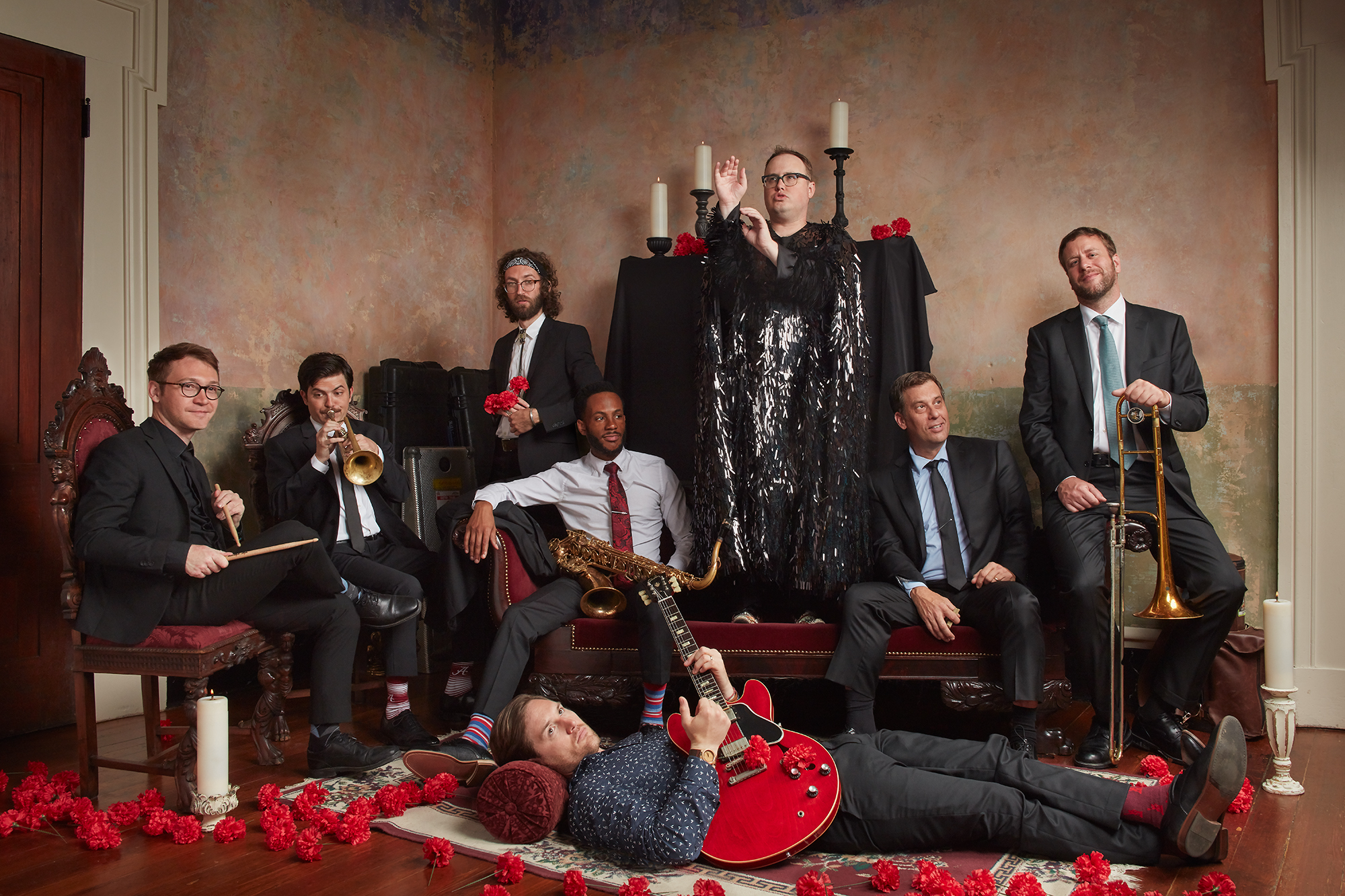
“If you’ve ever seen the band live, you know there’s a beautiful chemistry they have,” Splash says. “All of the players in the band are all-stars in their own right. So we did it old-school style. We redid the whole album in five days.”
The Sound Emporium sessions went quickly and smoothly in part because so much had been nailed down at Sphere. “I always want to be conscious of the budget,” Splash says. “So we really mapped everything out ahead of time.”
“Jack presented everyone with a document: This is everything that needs to be done each day. That’s really a strength of Jack’s,” English interjects. “He has great creativity, but also the ability to make sure everyone keeps their head down.”
Mix Regional: Nashville, by Barbara Schultz, May 4, 2018
English got a little creative when situating the musicians, as well. For one thing, he repositioned Andrew Lee and his kit inside the drum booth. “The booth is set up with one direction in mind, but when I went in there and walked around, I found that position lacking in tone,” the engineer explains. “So I ended up perching the poor guy on the edge of the riser, facing into the room to get a meatier sound. It ended up fine; at first it looked to him like, ‘I’m going to fall off this thing,’ but once he sat in the chair, it was fine.”
English and Splash set up the horn section in what is customarily the vocal booth in an effort to control the sound better; horns were tracked through Royer 121 ribbon mics into rented Shadow Hills Golden Age mic pre’s. Meanwhile, a makeshift booth was constructed of screens and foam wedges so Janeway could sing in the tracking room. Neither English nor Splash recalls whether the main vocal-recording mic was another 251 or a Neumann U47, but English says that whichever it was went through a Neve 1073 preamp, and the chain and the “booth” remained in place throughout basics and overdubs.
It was during overdubs that many distinctive elements were added. String parts were recorded with producer/arranger Lester Snell in Memphis at Sam Phillips Recording. And while Al Gamble played acoustic piano, Wurly or B3 during band tracking, he also overdubbed electronic keys, Moog bass and various synth parts.
An Interview with Sam Phillips, by Barbara Schultz, Oct. 1, 2000
“When you see their shows, there are some weird futuristic things going on,” Splash says. “I definitely wanted to incorporate some elements that would make this feel like it’s classic but we’re doing some weird shit. We had my Voyager and Jesse’s Moog Sub Phatty for some of the subbass. It was cool combining the subbass with some of Jesse’s live electric bass.”
Splash notes another example from the mix in his personal studio, Fresh Young Minds. The song “Mr. Invisible” includes a grandfather clock that guitarist Browan Lollar sampled, looped, repitched and wrote a guitar part to. Splash also played with sounds from his massive collection of plug-ins from Waves, McDSP, Soundtoys, Sugarbytes, and IK Multimedia; he used Amplitube to create re-amped guitar sounds.
“We went back and forth with files,” Splash says. “There’s one song where I threw a phase-y thing on the vocal part at the end and purposefully had a dropout that sounded space-y and funky. That rubbed one of the bandmembers the wrong way, but mainly we were on the same page about those weird futuristic elements. For every one they didn’t like, there were probably 50 things they let me ride with.”

